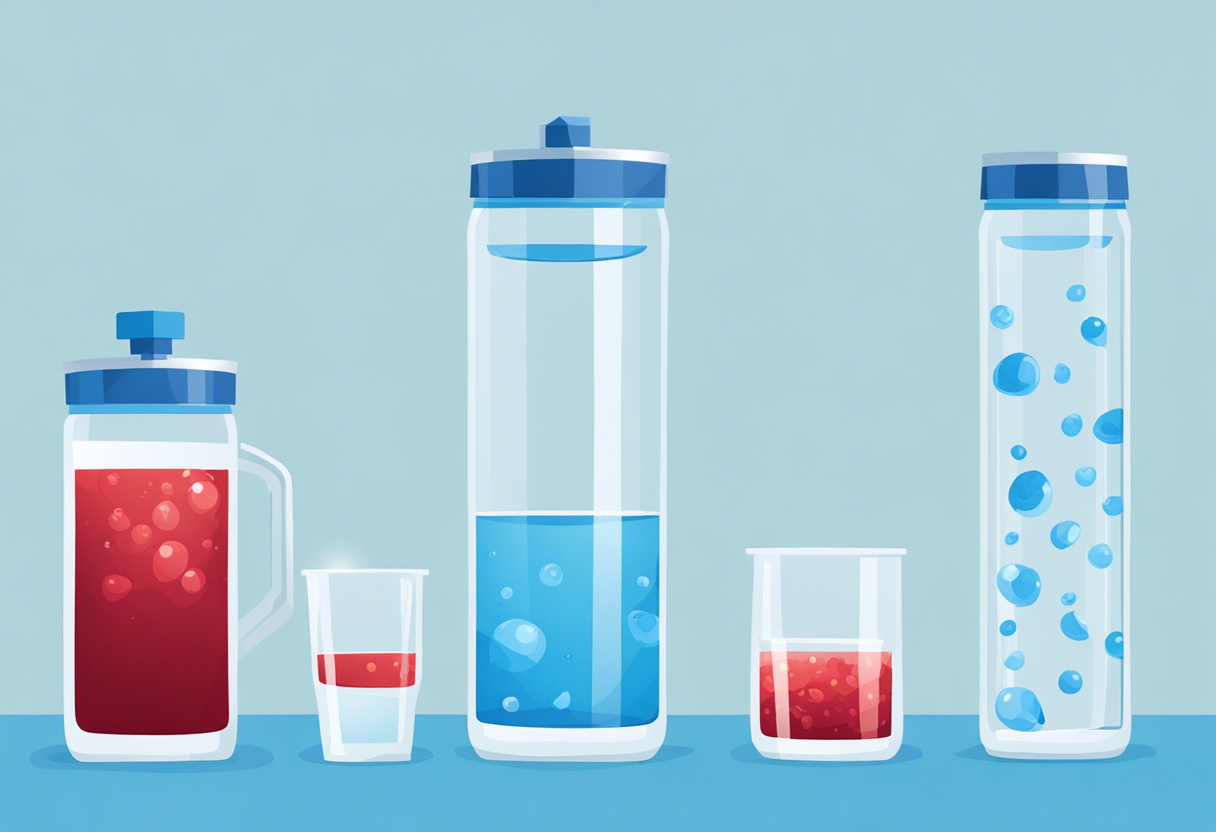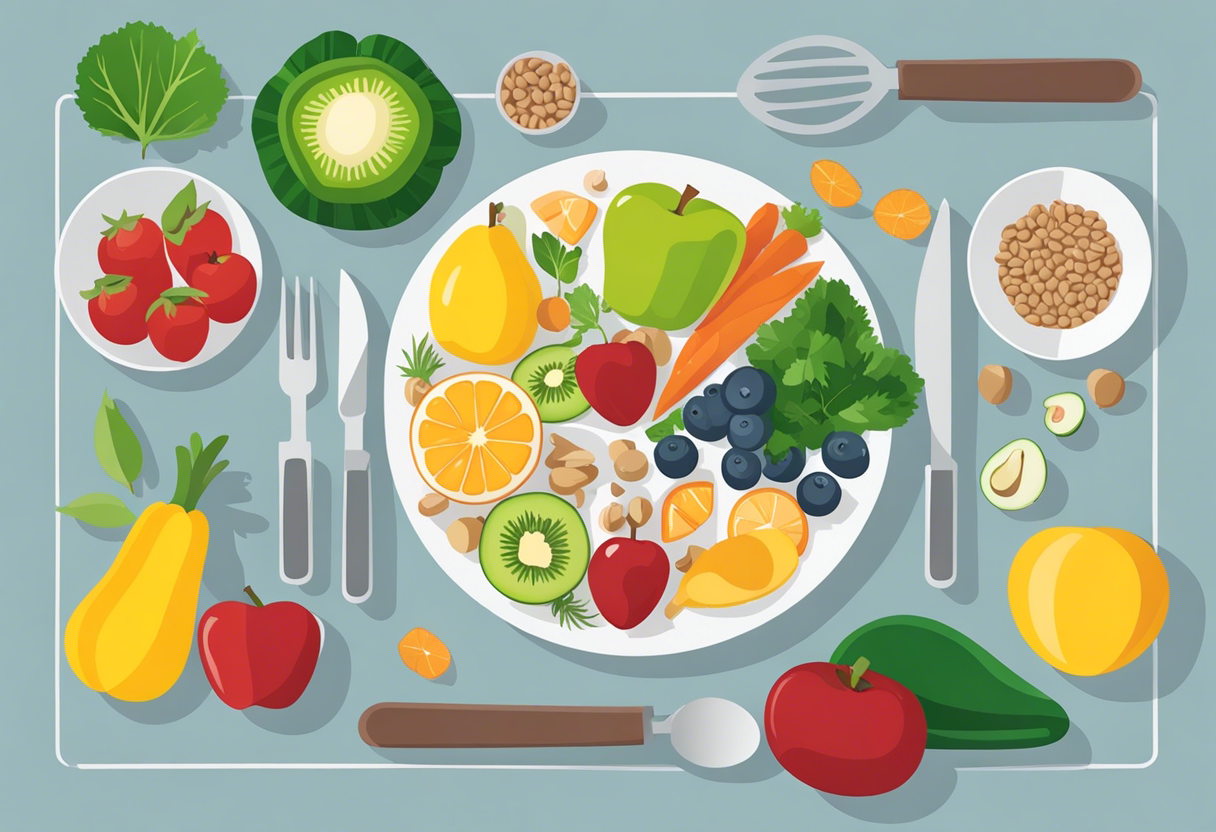Five Lifesaving Home Solutions for Low Blood Pressure Emergencies
Often, low blood pressure can be attributed to low sodium levels, so increasing your salt intake could be a lifesaving solution at home. However, this doesn't mean you should start pouring excessive amounts of salt onto every meal.
Instead, try incorporating foods that naturally have higher sodium contents into your diet. Foods like olives, cheese, and canned soup can help contribute to a higher sodium intake.
Similarly, sports drinks, which contain electrolytes and salt, can also help boost your sodium levels when you're experiencing a bout of low blood pressure. It's important, though, to keep in mind that having too much salt could lead to heart disease, so it's best to consult a doctor before making significant changes to your salt intake.
For individuals with chronically low blood pressure, doctors may advise a higher-than-normal salt intake.
Stay Hydrated

One well-known side effect of dehydration is low blood pressure. In times of dehydration, your body loses more water than it takes in. This can reduce your blood volume, and therefore, lower your blood pressure.
To combat this, make sure to consume plenty of water and other hydrating fluids like fruit juices. A good target is to aim for eight, 8-ounce glasses of fluid every day.
Increasing your fluid intake can help boost your blood volume, raising your blood pressure as a result. It might be beneficial to carry a water bottle with you wherever you go to ensure that you stay hydrated throughout the day.
People with low blood pressure may also be advised by their doctors to drink hydrating beverages that contain electrolytes and a moderate amount of sugar, as these can also boost blood pressure.
Optimal Diet Plan

Certain diets have been found to help regulate blood pressure. Eating a diet rich in fruits, vegetables, lean proteins, and limiting saturated and trans fats can widely contribute to stabilizing low blood pressure.
Choosing whole grains over refined grains wherever possible is another tip for managing low blood pressure. Whole grains are packed with plenty of fiber, which can improve your overall cardiovascular health.
Incorporating heart-healthy foods like fish, nuts, seeds, and oil into your diet can assist in maintaining a stable blood pressure level.